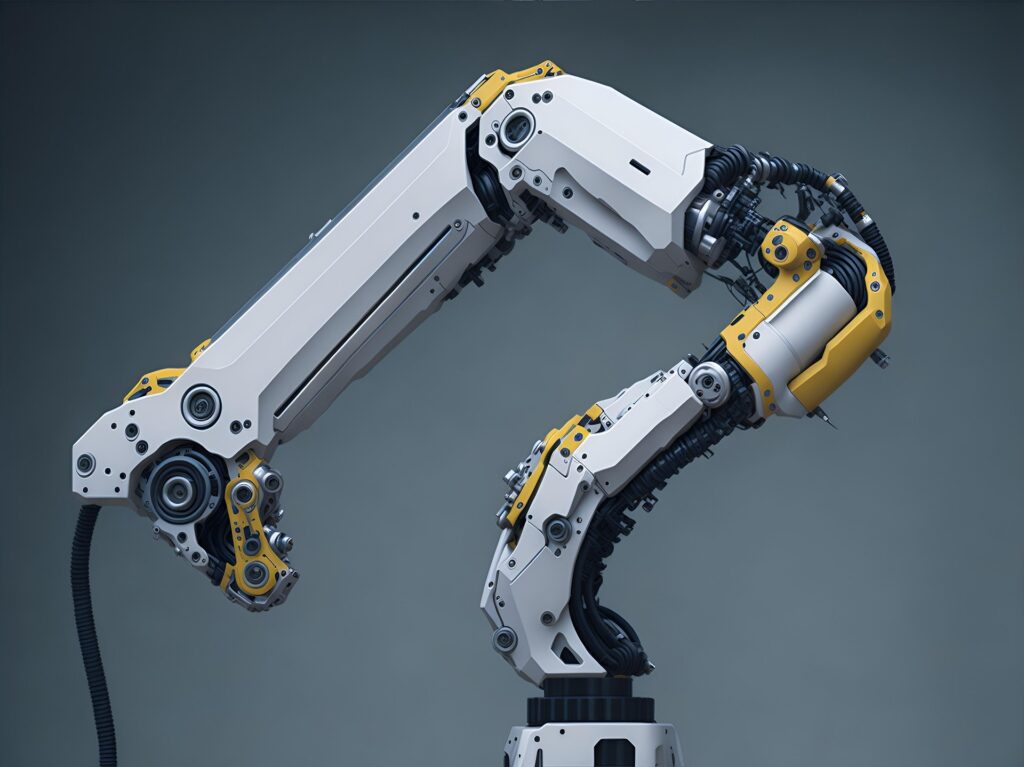Meet the Construction Robots: How Automation is Revolutionizing Construction Staffing
April 29, 2025

Few industries epitomize hard work and skilled craftsmanship quite like construction.
As satisfying to the eye as that might be, we can't ignore the fact that automation in the building industry is no longer a futuristic concept. It's currently taking over whole projects and nuanced use cases alike—at a pace and scale never seen before. If a recent industry forecast report is anything to go by, over 60% of construction companies will have relegated tasks like 3D printing and concrete placement to robotic systems by 2033.
Below, we'll tell you how tech-driven construction solutions are revolutionizing job sites for good.
Types of Construction Robots and Their Applications
Advanced robotics in construction fulfill the most dangerous, repetitive, high-precision jobs with incredible ease.
- Bricklaying robots: Call upon these if you fancy having bricks laid autonomously. On the upside, it’s a highly accurate and speedy way to accomplish resource-intensive projects. For all their pros, however, these robots do require highly specialized skill sets.
- 3D printing robots: True to the name, these building site automation tools take the legwork out of manufacturing structures. In the end, you get a perfectly custom design crafted in record time. While these robots greatly reduce material costs, they aren't immune to challenges, including unique material needs and ample printing space.
- Demolition robots: A tech-driven construction solution doing the dirty, gritty work of breaking down structures and handling hazardous materials? That's all demolition robots do—swiftly and without ever putting human workers at risk. However, these robots may still fall short, depending on how sophisticated a demolition project is.
- Inspection drones: When it comes to timeless, innovative building technologies, inspection drones are right up there. In large-scale construction projects, where the odds of wasting time or incurring injuries are pretty high, these drones perform inspections faster and more thoroughly than a human ever could. They aren't without challenges, though. For instance, drones may run into hiccups when processing data.
- Concrete finishing robots: Perfect for automating tasks like smoothing out floors, concrete finishing robots rank high among the most potent construction labor shortage technology solutions. Count on them for fine finishes, but not so much for detail-oriented projects.
Impact of Automation on Job Sites
The new wave of on-site construction automation is endlessly beneficial, no matter how big or complex your job site is.
- Increased productivity and efficiency: When your team no longer has to worry about repetitive tasks, their focus shifts to what truly matters: high-level tasks that move the bottom line.
- Enhanced safety and risk reduction: When construction automation fully takes over high-risk tasks like demolition and moving heavy loads, the outcome is undeniable: far fewer workplace injuries and risk scenarios.
- Reduction in cost and time savings: On average, robots are capable of cutting repetitive site work down 25 to 90 percent. From a cost perspective, robots' ability to expedite completion time and slash labor costs could significantly reduce total project costs.
With that said, integrating AI in construction jobs might not always work out. In some cases, employees may willingly boycott robotics or, worse, brush away suggestions of reskilling. This is especially true for sites where tried-and-true traditional practices have dominated for decades, which brings us to our next section.
The Future of Construction Staffing with Robotics
Robots are here to stay, but does that mean the future of construction employment is bleak and unpromising? Not at all. If anything, these tools will redefine—not eliminate—the role of human workers.
Changing Roles and Skill Requirements
With robotics taking up all the manual construction work in the not-so-distant future, workers will have to shape up or ship out. To become indispensable, they'll need to gain skills in robotics maintenance, programming, and oversight—a skill set that managers can help with through targeted training programs.
The Importance of Specialized Staffing Partners
All factors considered, transitioning to a robotic construction workforce now seems like the only right move. Liaising with a specialized staffing partner can help make the whole experience smoother. You'll particularly appreciate how good they are at matching you with the right talent for managing, maintaining, and operating robotic systems.
How to Choose the Right Partner
It all comes down to one question: How aligned are they with technological trends? Take a keen look at their customer reviews, case studies, and blogs. If anything hints at backwardness, look elsewhere.
Ready to Future-Proof Your Job Site?
The formula for long-term success in construction is clear: robotic innovation + a skilled, adaptable workforce = unmatched efficiency and profitability.
At HireQuest Direct, we’re all-in on the future of construction—and that includes supporting your transition to robotics and automation. Whether you're scaling a crew or filling critical skilled roles, we've got the workforce you need to stay ahead.
Let us handle the construction staffing, so you can focus on building what’s next.
Reach out to Matt Wilkerson, to connect with our team today.







